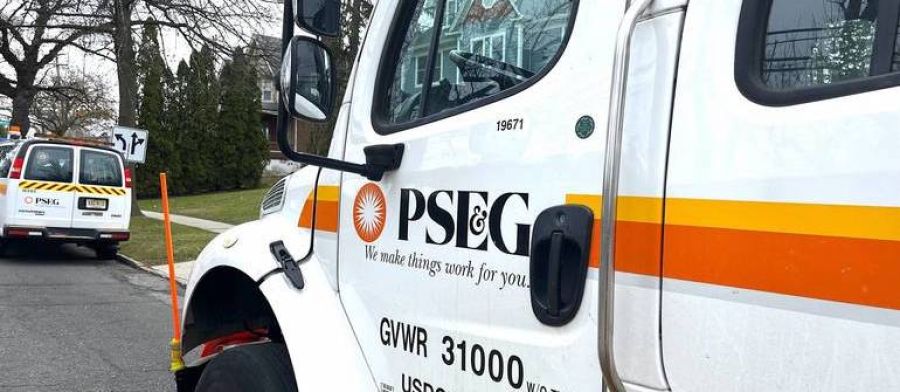The Latest Updates from New Jersey's Utilities Industry
PSE&G, in effort to address rising costs, announces Summer Relief Initiative
NEWARK - In a continuing effort to offer relief to customers in the face of a difficult pricing surge – one that PSE&G had no control over and derives no benefit — the utility on Tuesday announced it is proactively implementing a summer relief initiative to protect qualified residential electric customers from disconnection.
Included in the initiative is an expansion of the winter termination program (which will provide utility shut-off protection to low-income and qualified individuals until Sept. 30) and a suspension of reconnection fees.
The company also is awaiting word from the N.J. Board of Public Utilities regarding a proposal in which all customers would be able to defer a portion of their July-August bills (the two hottest months of the year) to fall and winters months — and do so without being charged any interest or carrying fees.
A decision on that effort likely will be made in the coming weeks.
The efforts are some of the many steps PSE&G is taking to combat the significant electric supply price increase on June 1, which is the result of PJM’s capacity price auction — caused by a lack of power generation in the state.
PSE&G President and Chief Operating Officer Kim Hanemann said the company is eager to provide relief.
“PSE&G is not the cause of the 17% rise in electric rates, but we can support our customers by advancing critical solutions,” she said. “These actions should help relieve a burden to families and communities just as the weather is getting warmer and electricity usage hits its peak.
“We encourage our customers to reach out to us if they are struggling to pay their bill so we can help them access the solutions available.”
PSE&G officials say residents can do their part to save by implementing energy efficiency steps.
The most impactful: Lowering usage.
PSE&G officials said it is important not to confuse increased electric rates with increased electric usage: summer months often coincide with high heat, frequently leading to increased electric usage as customers run their air conditioners more often.
Worth noting: The amount of electricity needed to cool your house to 75 degrees when it’s 90 degrees outside is 125% higher than when it’s 85 degrees outside.
New Jerseyans’ energy usage is already at its highest during the summer months and the required electric rate increase would only exacerbate the situation. That’s why PSE&G has proposed its summer deferral period.
PSE&G said it will still continue to pay the electricity suppliers, who benefit from the supply increase, the full cost of the generation in the new electric supply rate.
Regardless of electric rates, customers can take steps now to understand and manage their energy usage. Customers can find valuable energy efficiency information here and here.
PSE&G said it works directly with its customers, and with nonprofits and community organizations who work with utility customers, to inform them about energy assistance options.
PSE&G also provides information regarding affordability options that customers may qualify for based on certain criteria like income eligibility (i.e. the Low Income Home Energy Assistance Program [LIHEAP], or SHARES for customers who may be experiencing a temporary financial crisis).
There are also additional bill payment tools to help customers manage costs, including PSE&G’s Equal Payment Plan and Deferred Payment Arrangements.
PSE&G’s Equal Payment Plan estimates annual energy costs, and divides bills into 12 equal monthly payments, which allows customers to levelize their monthly spend expectations.
Deferred Payment Arrangements allow customers to pay a portion of past-due balances over an agreed-upon period.
Customers can find valuable energy assistance information at pseg.com/saveenergy.
PSE&G officials said they have been warning about the supply and demand imbalance in the region for years – and are eager to help in finding a solution.
“We remain committed to working with policymakers regarding long-term solutions to these significant rate increases, including advancing policies that encourage the development of new power generation in New Jersey,” the company said.
